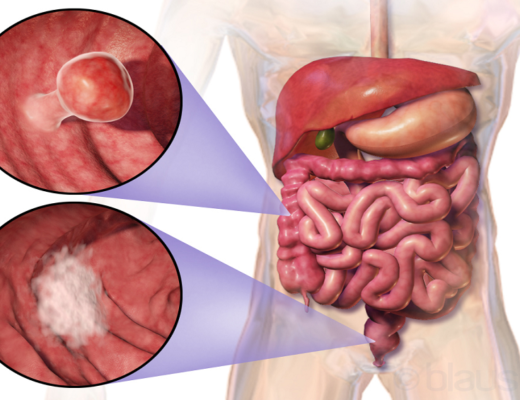Screening tests help doctors to identify certain precancerous cells and cervical cancers. Precancerous cells lead to the development of cervical cancer. Most guidelines recommend the beginning of screening tests to diagnose cervical cancer.
Doctors recommend these screening tests from the age of 21 to identify the precancerous cells. There are two types of screening tests.
Pap test
The doctor scrapes and brushes some cells from the area of your cervix during the pap test. They examine these cells in the laboratories to identify the abnormalities. Pap tests help to identify the presence of abnormal cells in the area of your cervix.
These tests also identify cancer cells and the cells that can increase the risk of developing cervical cancers. Pap tests help to diagnose cancer at early stages to plan better treatment.
HPV DNA Test
This test involves the testing of specific cells collected from the area of the cervix. This test examines the cells for the infection whether the cells have any type of HPV or not that can lead to cervical cancer. Discuss the result of the screening test with your doctor to plan better treatment.
Diagnosis Of Gynecologic Cancer
The doctor thoroughly examines the area of your cervix if you are suspected of developing severe cancer. A magnifying instrument named a colposcopy is used to determine the abnormal cells in the area of your cervix.
The doctors take a sample of your cervical cells during the examination of colposcopy. They test these cells in the laboratory. To get the tissue, your doctor may prefer using:
Punch Biopsy
Doctors use a sharp tool that helps to pinch off small samples of tissues from the area of the cervix.
Endocervical Curettage
Doctors use a spoon-shaped, small instrument or a brush that is thin to take a sample of tissue from the cervix area. Doctors perform the following tests if the endocervical curettage or punch biopsy is worrisome.
Electrical Wire Loop
It involves a low-voltage, thin electrified wire to get a small sample of the tissues. Generally, doctors do it under local anesthesia.
Cone Biopsy Or Conization
It allows your doctor to get the deeper cervical cells layers from the area of the cervix. They test the layers of these cells from the laboratory. Cone biopsy may be done under general anesthesia in the hospital
Staging
If doctors diagnose you with cervical cancer, then they examine you further to determine the stage of your cancer. The reason is that knowing the stage of cancer helps to plan a valid treatment. You can say that it’s a key factor in planning your treatment.
Staging exam has:
Imaging Tests
Tests like MRI, X-ray, CT, and positron emission tomography are used to determine the spread of cancer beyond the cervix.
Visual Examination Of Rectum And Bladder
Doctors may use certain scopes inside the area of your rectum or the bladder for visual examination.
Cervical cancer treatment is associated with different factors like the stage of your cancer and other health issues you may be suffering from. It also depends upon your preferences. Doctors may use chemotherapy, surgery, or a combination of treatments to treat gynecologic cancer.
The doctor may treat you with surgery if you are diagnosed with the early stage of cervical cancer. The operation plan is associated with the stage and size of your cancer. It is also associated with whether you would plan to become pregnant in the future.
Doctors remove cervical cancer with the help of cone biopsy for small cervical cancer. They cut away the tissue that is cancerous and leave the rest area of the cervix intact. This option leaves a choice for you to become pregnant in the future.
Radical trachelectomy might be used to treat cervical cancer at early stages. It is the removal of the cervix and some other surrounding tissues. Uterus remains in this surgical procedure. It may not be possible to become pregnant again if you choose this option.
A racial hysterectomy is used to treat cancers. It involves the removal of the uterus and some nearby lymph nodes. It can make you recover from the early stages of cervical cancer.
It also prevents cancer from recurring. But it is not possible to become pregnant after the removal of the uterus. Ask your doctor about all the necessary information before going through any treatment.




